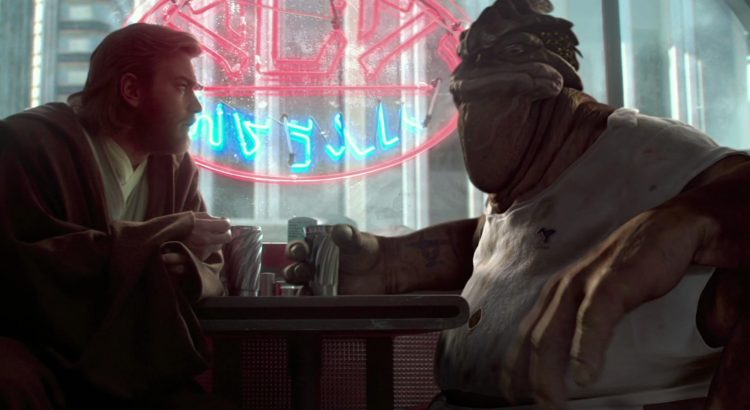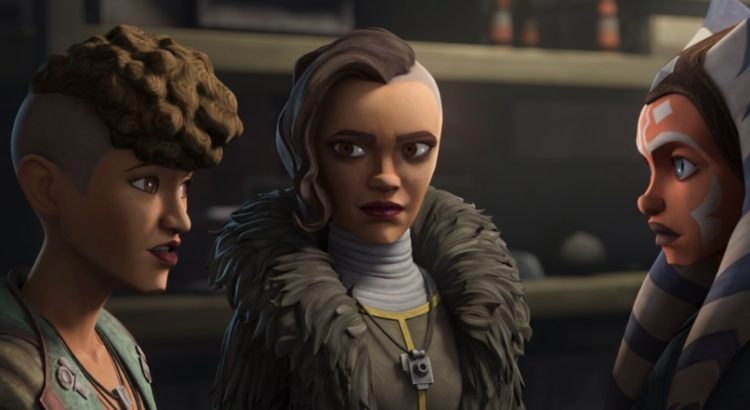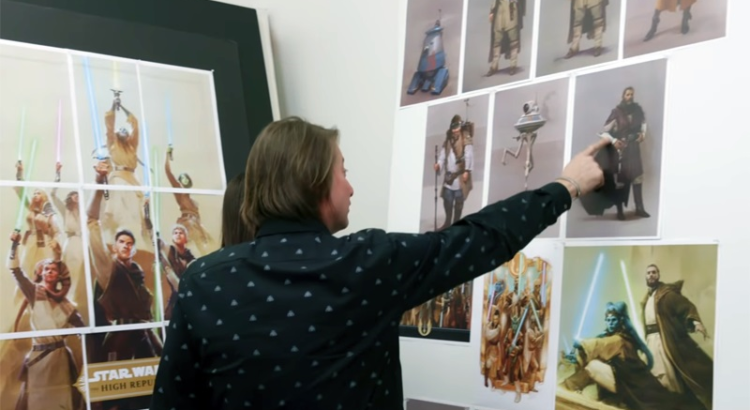After years of uncertainty regarding the future of Star Wars screen content (with the exception of lots and lots of The Mandalorian), a picture is beginning to take shape at last. With solid runs from The Clone Wars and The Bad Batch and a stellar showing by the first season of Andor, television content is breaking free from the iron grip of Baby Yoda at last, a process only expedited by Ahsoka, Skeleton Crew, and The Acolyte all debuting in the next year or so.
But we’ve known about all of those for years now—even if it takes a teaser these days to really believe a project is coming. The bigger question mark has been the future film slate, and only now do we finally know the name of the game there: something for everyone, with three new films announced in three disparate eras of the Star Wars timeline—one on the origins of the Jedi; one picking up Rey’s story after the sequel trilogy; and even one loosely adapting Heir to the Empire (imagine telling yourself that would happen after watching The Force Awakens!). Video games and publishing are also claiming distinct territory of their own, with The High Republic about to enter its third phase stronger and more prominent than ever; Jedi: Survivor delivering an improved continuation of Cal Kestis’s story and teeing up a likely third installment; and the newly announced open-world game Outlaws carving out a big new space during the original trilogy (hopefully) free from the entanglements of the movie characters.
With Eleven-ThirtyEight’s final days looming and the publishing schedule filling up rapidly, a group piece seemed like a good opportunity for the staff to speak their minds one last time independent of the demands of a solo article. The topic: with all these new projects on the horizon, what are you looking forward to the most? After years of uncertainty, what gives you (ugh) hope for the future of Star Wars? Here’s what they had to say.
Read More




